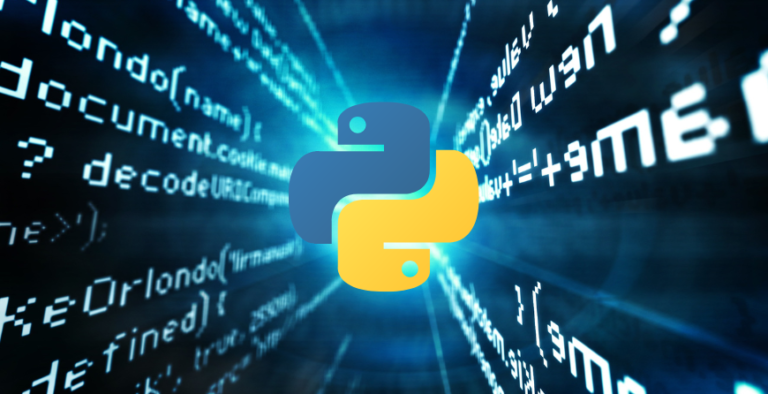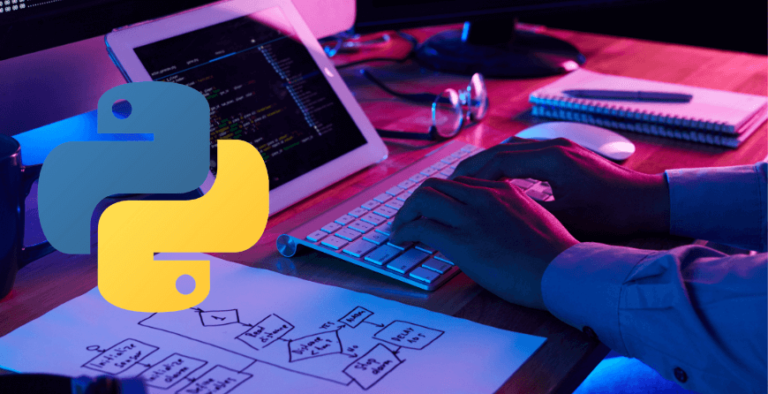Salesforce Interview Questions

Outline
Read, learn, practice and prepare yourself with these sure-shot salesforce developer interview questions to crack your next interview for a full-stack developer job.
We have compiled the top salesforce developer technical interview questions for you to prepare for your next interview. We have divided the questions into three categories based on experience.
✔️ Salesforce interview questions for Beginners
✔️ Intermediate Salesforce interview questions
✔️Advanced Salesforce interview questions
We have selected the most asked salesforce questions in any interview. Each of these questions represents some core insights on salesforce Development.
But first let’s discuss – Why is salesforce a better choice? Why is there high demand for salesforce developers? What makes salesforce development a competitive job?
As you wait for your interview for a job as a salesforce developer, are you feeling anxious? It is understandable to feel anxious, especially if this is your first time taking the hot seat. Because at the moment, one of the top tech jobs is salesforce development.
In this article, we present to you salesforce developer interview questions and solutions that will get you started and assist you in passing your first job interview for a salesforce developer.
Now, let’s learn top salesforce developer interview questions and answers. Let’s start.
Let us look the chart to get an idea of salaries according to location:
Salesforce Interview Questions for Beginners
1. What is Self-Relationship ?
2. What is Object Relationship Overview ?
3. What can cause data loss in Salesforce ?
– Modifying the data and time
– Moving from various data kinds to %, number, and currency.
– From the multi-select picklist, checkbox, and auto number, switch to another type.
– Switching from any type other than picklist to a multi-select picklist.
– Change to automatic numbering all other than text.
– Switching between text, phone, URL, and email fields.
4. How does Salesforce benefit from SaaS ?
5. Salesforce tracks sales in what ways ?
– Number of customers serviced daily.
– Daily sales volume
– Detailed sales statistics by month or quarter in the Sales Manager’s reports.
– Salesforce excels at tracking and reporting repeat client activity, which is the most important component of any sales organisation.
6. How many different kinds of relationships does Salesforce.com offer?
7. What is the Trigger?
The syntax for creating a trigger is given below:
trigger TriggerName on ObjectName (trigger_events)
{
code_block
}
8. What is sharing rule?
9. What does Salesforce's audit trail mean?
By using an audit trail, you may find out the specifics of the modifications made, the date and time of the change, and the username of the team member who made the alterations.
Intermediate Salesforce Interview Questions
11. What does Salesforce's junction object mean?
12. What are Permission sets?
13. What are the different types of reports available in Salesforce?
– Matrix report – Records are grouped by rows and columns to create a report. When you want to view data by two distinct, unrelated dimensions, such as date and product, it is employed.
– Summary report A document report that lists data along with classifications and totals. It is used to construct hierarchically grouped reports or when subtotals are required based on the value of a specific field.
– Tabular report a document that presents information on a company in tabular form. When you want a straightforward list or an item list with a total, you use this report.
– Joined report a report that is produced by combining any number of reports. You can create a connected report by combining a matrix report and a summary report. Additionally, a report can be produced by joining tabular and matrix reports.
14. Describe the various Salesforce dashboard components
– Gauge: – It is used to show a single value from a specified value range.
– Metric: – Using this, a single key-value pair is displayed. We can directly enter the metric label on the components by choosing the empty text space next to the total. All metrics would be shown together in the dashboard column.
– Table: – Tables are used to display report data as a list. For example, the top five or lowest five list.
– Visualforce page: – It is used to display information that is not offered by other component types or to create a bespoke component such as a dashboard.
– Charts: – It is employed to display comparisons. There are six categories for charts. They are the line chart, pie, donut, horizontal bar chart, vertical bar chart, and funnel.
15. What is a Wrapper Class?
16. What are Permission sets?
17. Advanced Salesforce Interview Questions
18. What are the different types of email templates available in Salesforce?
–Text: These templates can be made or modified by any person inside the company.
–HTML with letterhead: These templates based on a letterhead can only be made by administrators and users with the “Edit HTML Templates” rights. The letterheads set the tone for the style and feel of your HTML email templates. It may take on a letterhead’s logo, text, and colour choices.
–Custom HTML: It is a letterhead-style extension of HTML. Without using the letterhead, administrators and users with “Edit HTML Templates” rights can generate unique HTML templates. To add HTML to your email template, you must either be familiar with HTML or obtain the HTML code.
–Visualforce: These templates can be made by administrators and developers using Visualforce. Advanced functionalities like merging with a recipient’s data, where the content of a template might comprise data from numerous records, are provided by Visualforce templates.
19. What does Future annotation(@future) represent?
-Future-annotated methods are required to be static methods and can only return void types. Primitive data types, arrays of primitive data types, or collections of primitive data types must be supplied as parameters. SObjects or objects cannot be sent as parameters to these methods.
-A method that includes the @future annotation will only run when Salesforce has resources available.
For instance, you can use future annotation while calling an external web service asynchronously. A web service callout will be established from the same thread that is running the Apex code without the use of future annotation, and no further processing will occur until that callout is finished (synchronous processing).
Syntax:
global class class_name
{
@future
Static void
methodname(parameters)
{
//body of the method
}
}`
To communicate with the system, developers can use a number of Salesforce APIs. Salesforce API uses include:
– Streaming: When Salesforce data is changed in accordance with the specified SOQL query criteria, the Streaming API can be used to initiate and receive notifications. Based on predetermined criteria, it can be used to push notifications from the server to the client.
–Bulk: For efficient loading and querying of a sizable volume of data into your Salesforce organization, it offers programmatic access.
20. What is a skinny table?
Conclusion
Keep in mind that technical proficiency is only one aspect of the hiring process. Both prior experience and soft skills are essential if you want to be sure that you get a high paid salsforce developer job.
Keep in mind that many of the salesforce interview questions are open-ended. Not just the answer you memorized, but also your reasoning will be of interest to the interviewer. Always be prepared to address any follow-up inquiries about how you came to your conclusion. Describe the way you think.
Have a cracking salesforce interview! You can go through our Salasforce Developer Jobs here.


![Top 10 Freelance Websites to Hire Python Developers in 2023 [Updated]](https://optymize.io/wp-content/uploads/2022/09/Hiring-Python-Developers-1-768x394.png)


